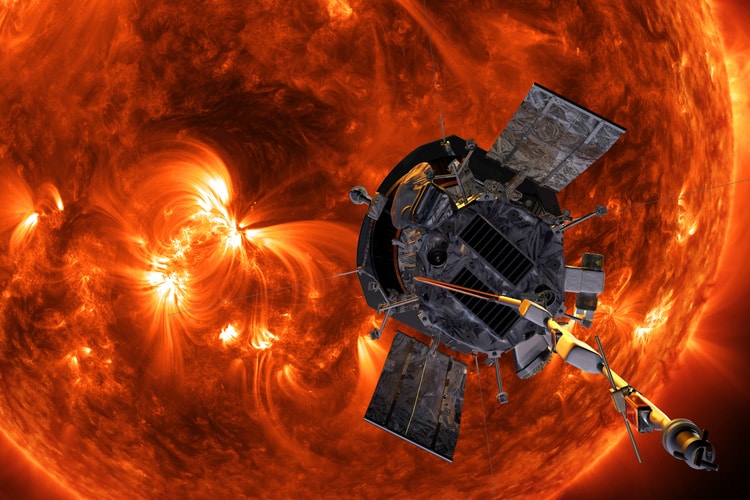Every winter, the Geminids meteoroids illuminate the night sky with one of the most breathtaking meteor showers. But the origin of this spectacular celestial event has long puzzled scientists due to its unconventional behavior. While most meteor showers are created by comets emitting ice and dust, the Geminids stem from an asteroid named 3200 Phaethon.
A new study conducted by researchers from Princeton University, using observations from NASA’s Parker Solar Probe mission, has shed light on the mysteries surrounding the Geminids. The findings, published in the Planetary Science Journal, suggest that a violent, catastrophic event, such as a high-speed collision or a gaseous explosion, was likely responsible for creating the Geminids meteoroid stream.
“Asteroids are like little time capsules for the formation of our solar system,” said Jamey Szalay, a research scholar at Princeton University, in a statement. “They were formed when our solar system was formed, and understanding their composition gives us another piece of the story.”

Unlike most meteor showers originating from comets made of ice and dust, the Geminids seem to be born from an asteroid. 3200 Phaethon, the asteroid behind the Geminids, has exhibited an unusual behavior when it comes close to the Sun. While asteroids are typically not affected by the Sun’s heat like comets, 3200 Phaethon appears to differ from them.
“What’s really weird is that we know that 3200 Phaethon is an asteroid, but as it flies by the Sun, it seems to have some kind of temperature-driven activity,” Szalay said. “Most asteroids don’t do that.”
In their study, the researchers analyzed data from the Parker Solar Probe mission and created three formation scenarios to explain the Geminids’ origins. They ruled out the cometary model but found that the violent creation models best matched the probe’s data. This suggests that a sudden, violent event was the probable cause of the Geminids meteoroid stream.
The research builds upon the Parker Solar Probe’s unique flight path, which allowed scientists to directly observe the dusty cloud of grains shed from comets and asteroids. This wealth of data will be studied for decades, providing invaluable insights into our solar system and beyond.
For Wolf Cukier, an undergraduate at Princeton and lead author of the study, his passion for outer space and support from the Princeton Space Physics group motivated him to pursue this research. He encourages everyone to witness the Geminids meteor shower firsthand, as it will be visible on December 14 this year.
Planetary science, as Cukier puts it, is “surprisingly accessible,” making the wonders of our universe within reach for all to explore.
The research paper is published in The Planetary Science Journal.












